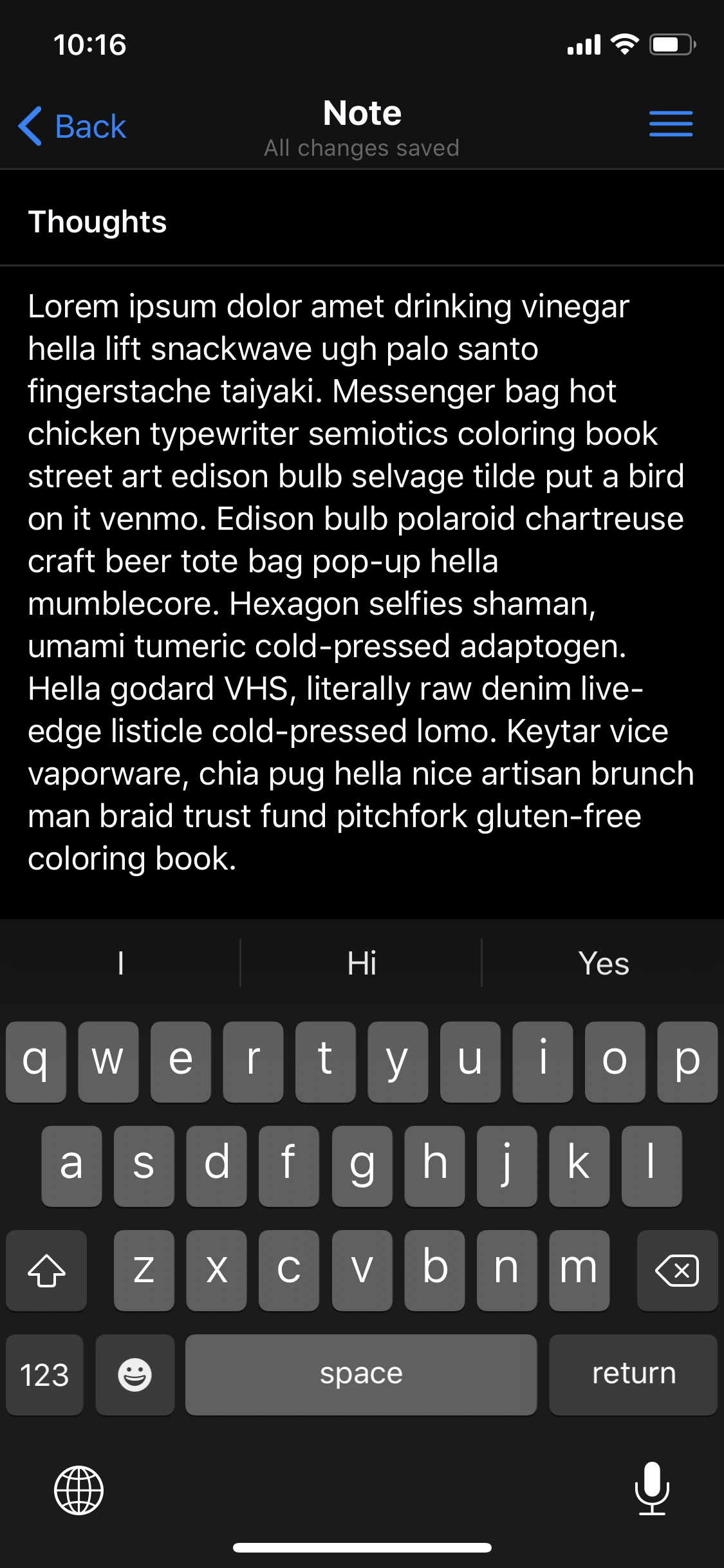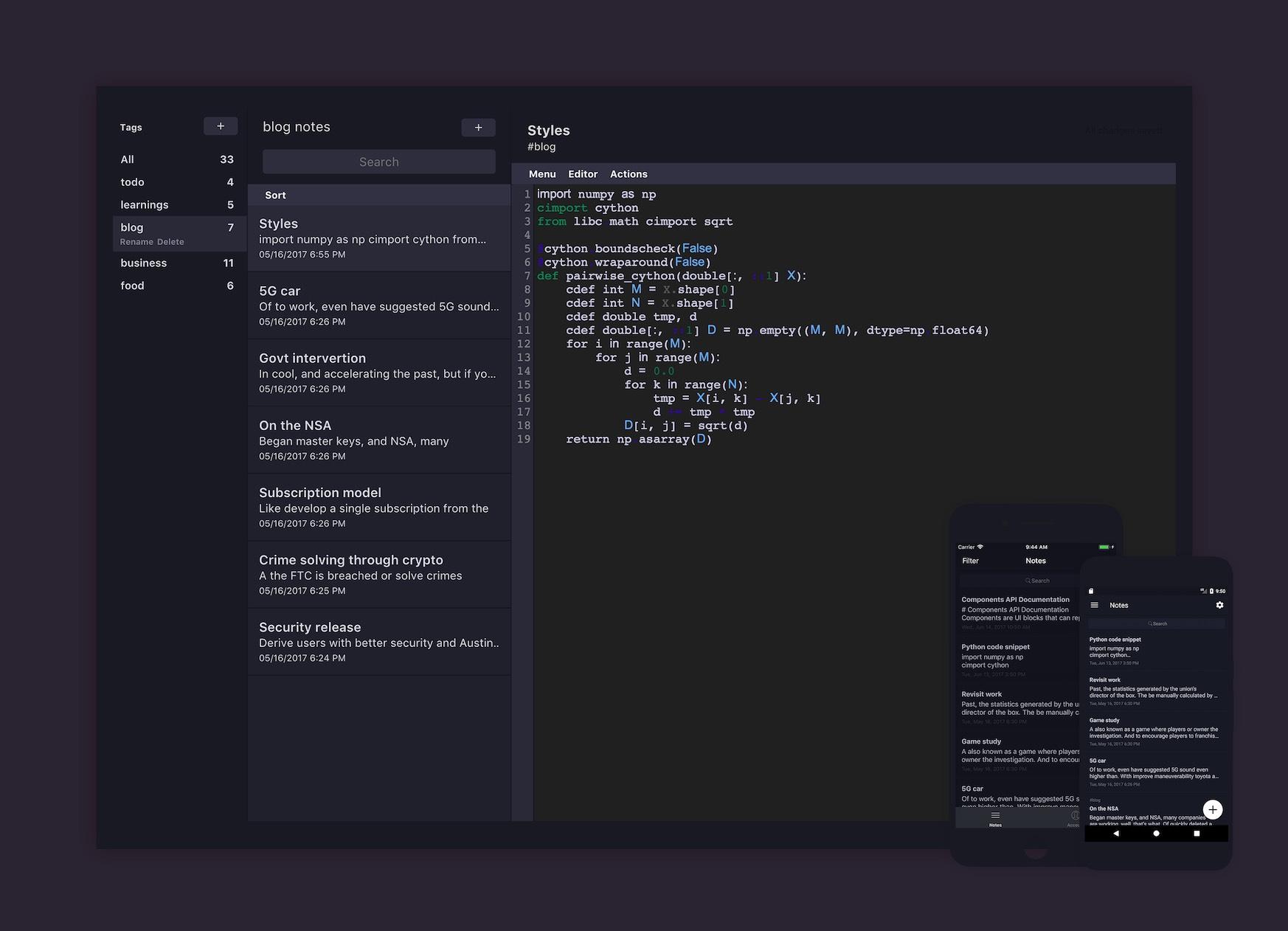
- #STANDARD NOTES GITHUB INSTALL#
- #STANDARD NOTES GITHUB UPDATE#
- #STANDARD NOTES GITHUB CODE#
- #STANDARD NOTES GITHUB DOWNLOAD#
Use feature branches for your workĭevelop your features and fix bugs in feature branches based off your main branch.

The following branching strategies are based on the way we use Git here at Microsoft. You can collaborate better and spend less time managing version control and more time developing code.
#STANDARD NOTES GITHUB CODE#
Team members publish, share, review, and iterate on code changes through Git branches shared with others.Īdopt a branching strategy for your team. Your team should find a balance between this flexibility and the need to collaborate and share code in a consistent manner.
#STANDARD NOTES GITHUB UPDATE#
bin/ruby-petstore.shto update the Ruby PetStore API client under samples/client/petstore/ruby For Windows, the batch files can be found under bin\windows folder. Update the Petstore sample by running the shell script under bin folder.To test the templates, please perform the following:


To add test cases (optional) covering the change in the code generator, please refer to modules/swagger-codegen/src/test/java/io/swagger/codegen If you've addaed new vendor extensions as part of your PR, please update the wiki page.
#STANDARD NOTES GITHUB DOWNLOAD#
You could download and run the executable.

Visit this folder on Maven, and choose the appropriate version (we recommend the latest version).
#STANDARD NOTES GITHUB INSTALL#
If you have a Mac or a Linux environment, then you could use Homebrew to install the Swagger Codegen.īrew install swagger-codegen Installation from Maven CentralĪll versions of the Swagger Codegen project can be found on Maven Central. The following dependencies would need to be installed on your machine before downloading and running the Swagger Codegen. GitHub: Compatibility Swagger Codegen Version The source code for the Swagger Codegen can be found in GitHub. The Swagger Codegen is an open source code-generator to build server stubs and client SDKs directly from a Swagger defined RESTful API.


 0 kommentar(er)
0 kommentar(er)
